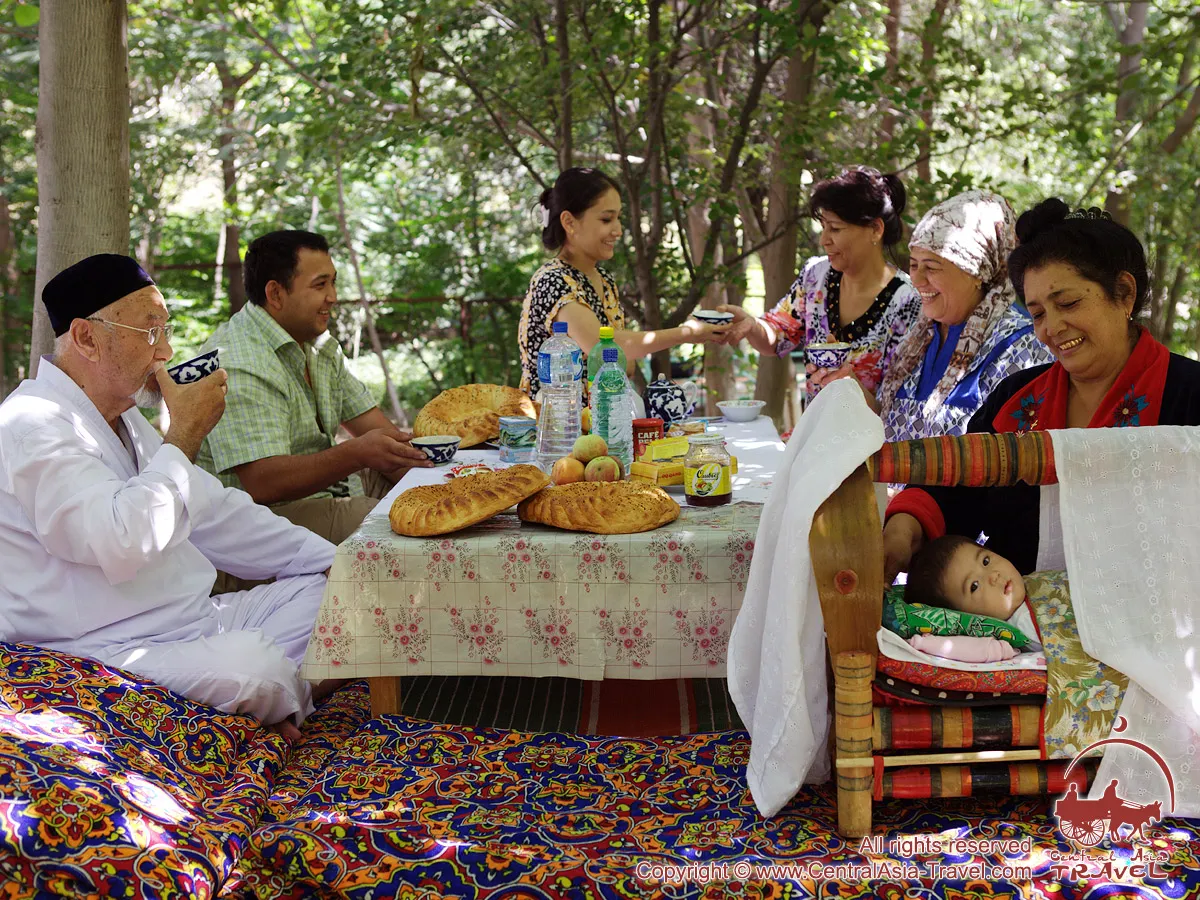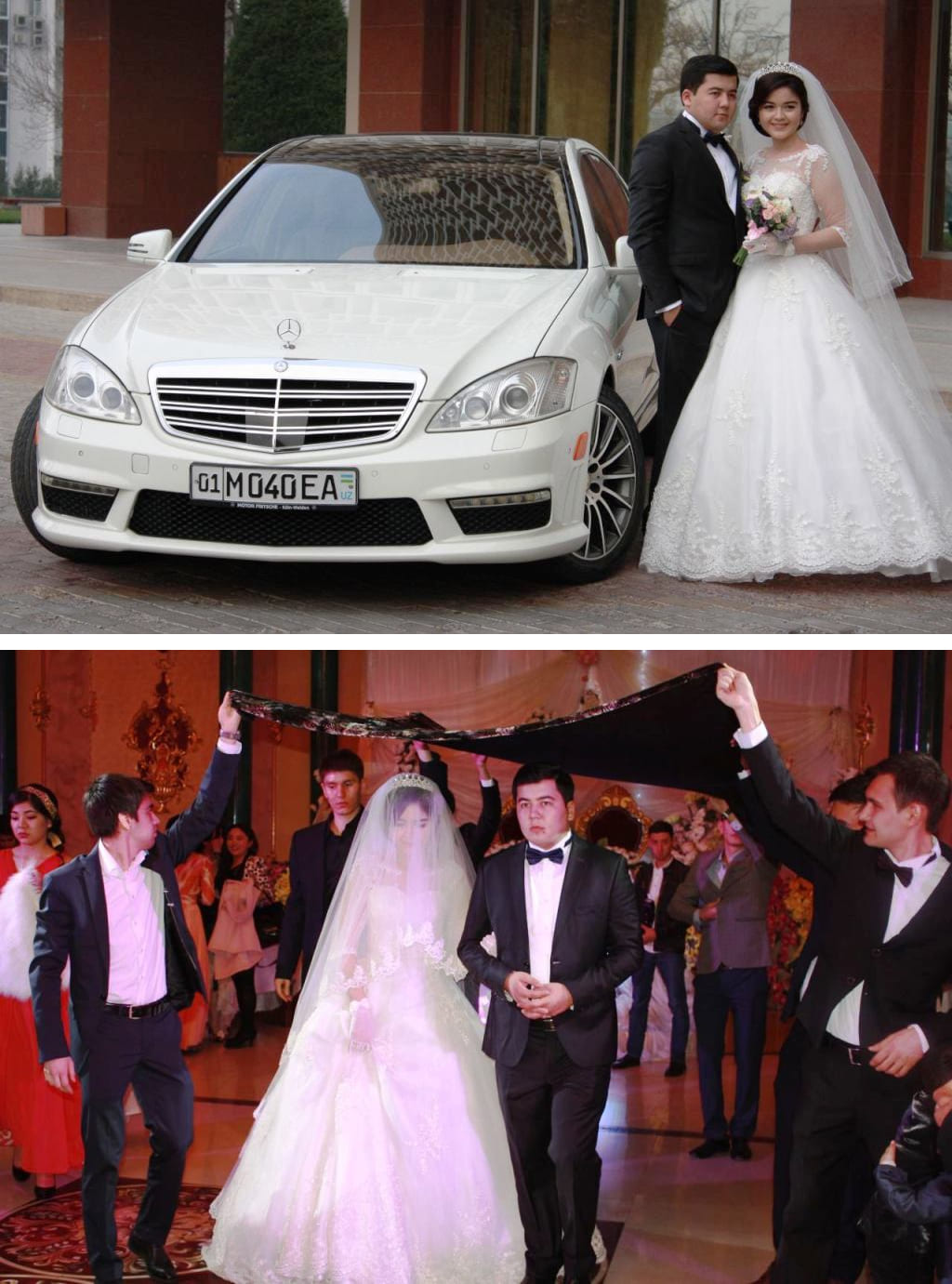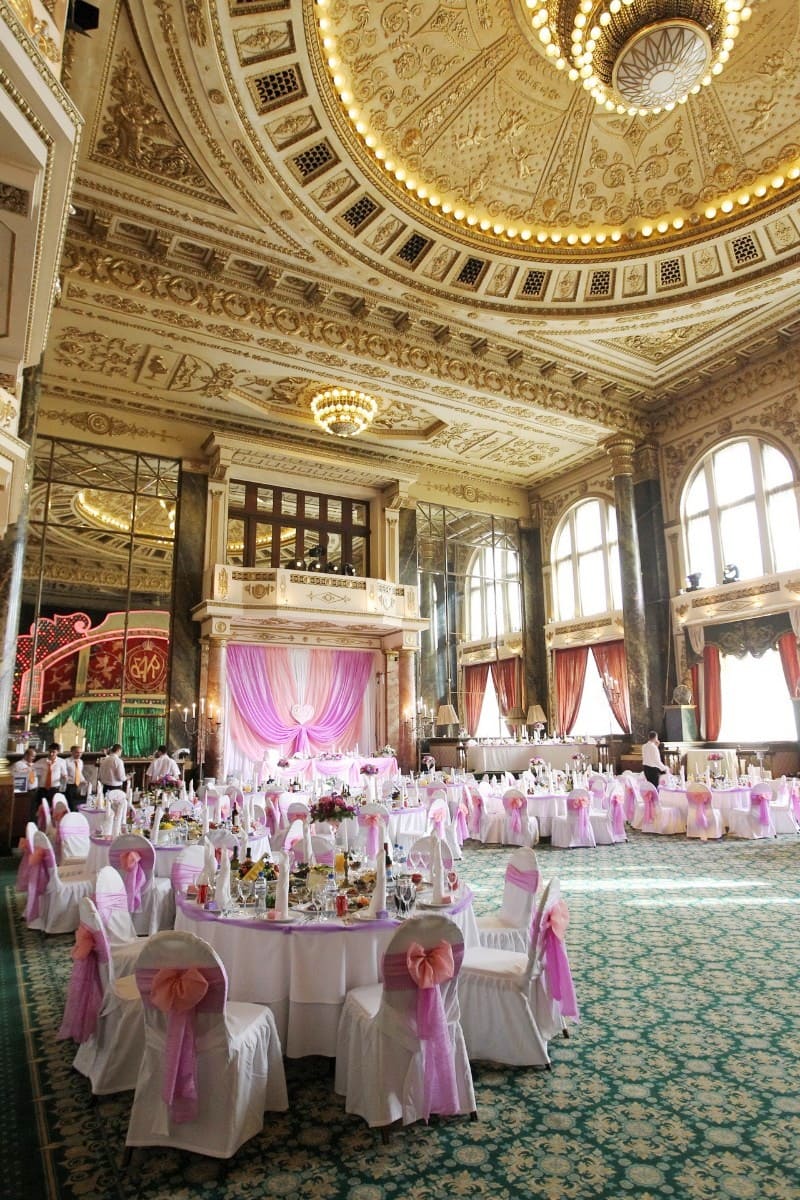


Оставьте ваши контактные данные и мы обязательно свяжемся с вами

Uzbek family during the independence period
Due to difficulties in the transition to market relations in the first half of the 1990s, some young people decided to live as part of a large family with their parents, as it was simpler to farm and raise children in a large family. In rural areas, policy contributed to the promotion of dehkan farms, which required joint family work. However, the dynamic process of nuclearization over the past two decades has led to an increase in the number of small families. Between 1979 and 2006, their number increased from 60 to 76.5%. The proportion of large undivided families to small families represented the interaction between traditional, old, and new in everyday life and intra-family relations in many ways. In undivided households, traditional family interactions with their age and gender hierarchies were more common; they better preserved ethnic customs and ethnic norms that were passed down to the younger generation. The preservation of existing customs, on the other hand, makes it harder for new elements to penetrate daily life. Nuclear families are more open to new and modern ideas, which helps in maintaining a democratic relationship between husband and wife. But at the same time, they retain their ethnic specificity and traditionality, as small Uzbek families maintain tight ties with their parents despite their separation.
In the early 1990s, there was an increasing rate of the marriage of girls who had not even reached the age of marriage. However, due to the active work of the women’s committees of Uzbekistan and medical organizations, the situation had changed by the end of the 1990s. Young individuals who were about to marry had their health checked and informed each other about it. The shift in the marriage age was one of the good developments in this process. The average marriageable age for men is currently 25 years old, while the average marriageable age for women is over 20 years old. If 8.6% of females married before the age of 18 in 1991, this figure had dropped by 2005, and the vast majority of girls are now marrying between the ages of 18 and 24.

During these years, the motivation to have many children has changed significantly, its socio-economic significance has decreased, and it is now regarded as an ethnic tradition. The average family size in the republic was 5.4 in 1997, 5.2 in the city, and 5.6 in the village.
In those families where the head of the household was a woman, she provided financial support and organized the household. Many modern Uzbek women, at the turn of the XX and XXI centuries, began to run large and small businesses. Many are the CEOs of businesses and institutions, so they contribute a significant amount of funds to their families’ budgets. The woman is the primary breadwinner in these families, so it is resulting in a shift of economic power within the family. Even if the woman holds such a position in the family, she may offer her husband the title of head of household while remaining an actual leader. The data from the “Public Opinion” Center shows that today, a woman is the primary breadwinner in 30% of families, but only 16.2% of those are headed by a woman.
Younger spouses, citizens, and people with a higher educational degree are more likely to have families in which both the husband and wife hold the same position. Each spouse in such a family takes charge of a certain aspect of daily life to which he or she is naturally drawn. In the vast majority of families, the man is the responsible legal representative; an apartment, land, car, and other property are all registered in his name. The conventional gender allocation of roles, in which the man is the family’s head and the woman is the housekeeper, has remained, but with some changes. In many families, a woman contributes significantly to the family budget in addition to being the housekeeper.
In the context of the transition period and market relations, a woman becomes the most vulnerable member of the population. In this situation, professionalism and education become aspects that contribute to women’s greater socio-cultural adaption. In Uzbek families, parents seek to provide their daughters with an education, and government agencies work in the same direction. At the same time, women are becoming more active, and the number of educated professionals among them is increasing year after year. At the beginning of the XXI century, in terms of education, women engaged in the economy began to outperform men. In 2007, 30.8% of women working in the economy had a higher education, 40% had a special secondary education, and 29.2% had a secondary or unfinished secondary education. These percentages were lower among men, at 28.7%, 28%, and 43 %, respectively.

Women’s participation in professional activities boosted their status and authority in the family, which had a favorable impact on improvements in family relationships. At the same time, the reduced amount of time available for housework can lead to difficulties and occasional conflicts. Due to her Eastern mentality, an Uzbek woman prioritizes her family. Modern women try to structure their work schedules such that their careers do not consume all of their time in order to have enough time for their families. The new social situation of women has led to a transformation of their role in the household. Their roles have changed, and a new principle of the distribution of domestic work and responsibilities among family members has begun to emerge. Thus, a lot of tasks traditionally considered female are now being performed by men as well.
In rural areas, some households continue to maintain old traditions, social stereotypes, and gender-differentiated patterns of behavior in their family, in which a woman does practically all of the domestic work while the husband expresses himself in other ways. Today, equality for spouses is a common thing in many areas of family life, but some inequality still exists in the sphere of decision-making on important issues.
Respect for one’s parents and one’s spouse’s parents is still a tradition among modern Uzbeks. Many traditions and customs, obvious prejudices, the existence of which previously prevented the building of good relations between the daughter-in-law and mother-in-law, have disappeared. Since modern mothers-in-law grew up in a time when women began to actively combine housework with an active career, they understand the younger generation and create the conditions for the successful combination of these functions. Mothers-in-law do not resist if the daughter-in-law wants to study or work, and help her with housekeeping, raising children, etc.
Введите ваш е-mail адрес, чтобы быть в курсе последних публикаций
